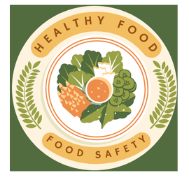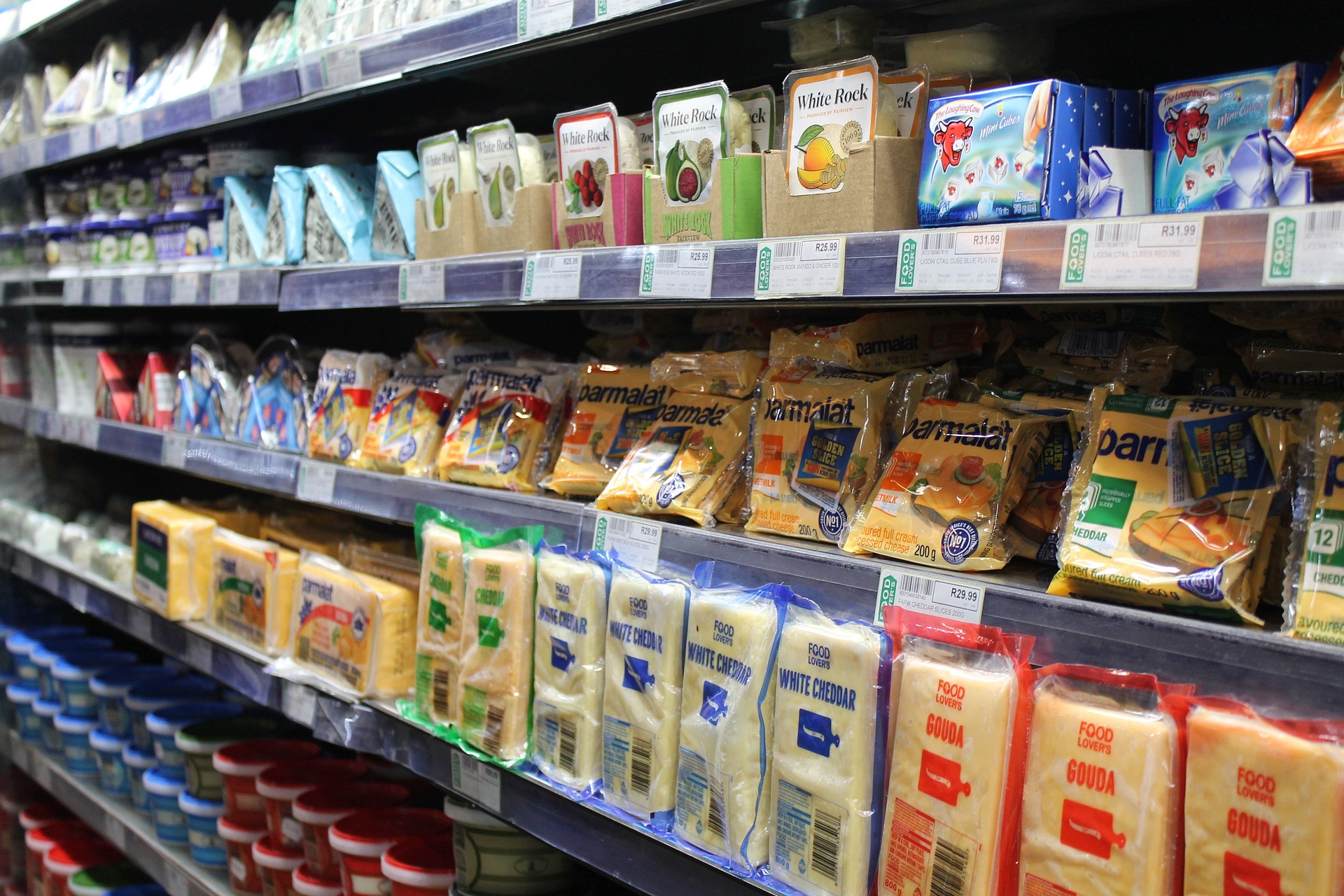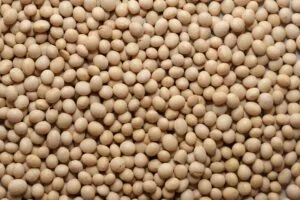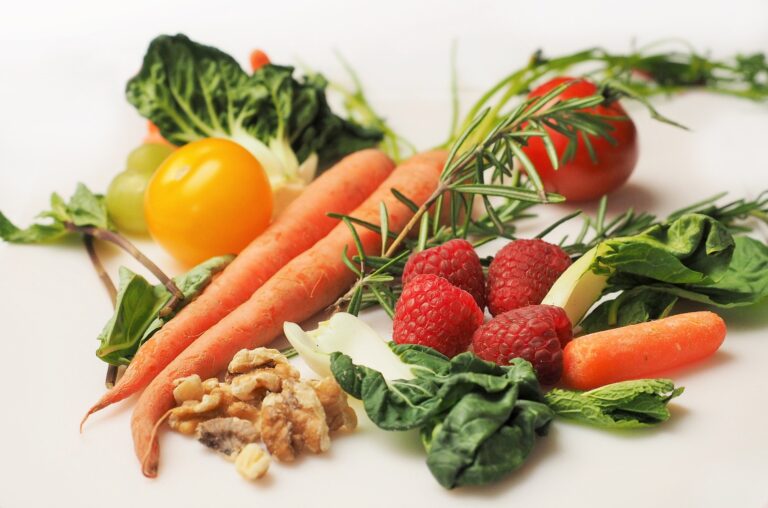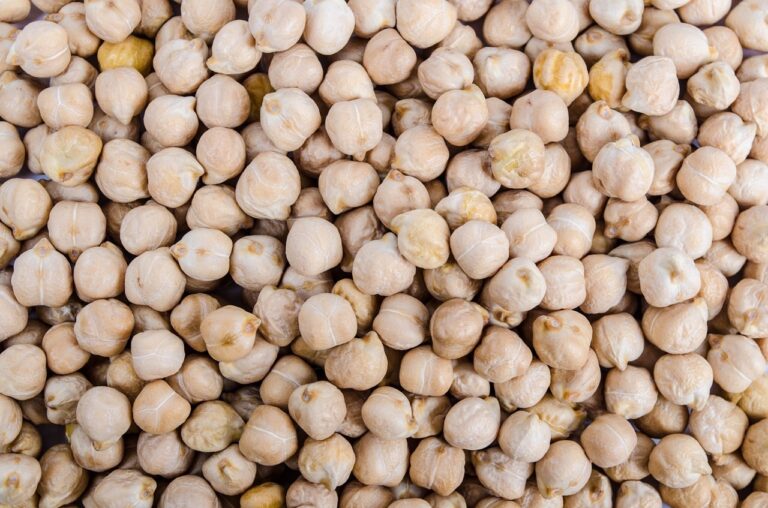NOVA classification system of Food
Despite the advantages that the current food processing technology provides to consumers, certain health professionals and digital influencers argue that the consumption of processed foods may result in little nutritional benefit and significant harm to one’s health. A recently introduced categorization system, called NOVA, has categorized foods into four distinct groups based on the extent of their processing.
NOVA Classification of Food
The primary objective of the NOVA system is to categorize food items based on the type, degree, and intent of industrial processing. In other words, NOVA distinguishes between physical, biological, and/or chemical changes to the appearance and/or characteristics of the raw material that occur during processing. The NOVA system categorizes products into four distinct groups: The most prominent classification system in the literature is NOVA, which groups foods into four categories according to the extent and purpose of industrial processing involved.
Unprocessed Processed Foods
This category includes fresh, whole foods that have undergone minimal processing, such as fruits, vegetables, nuts, and seeds. These foods are generally considered the healthiest and most nutritious, as they retain their natural vitamins, minerals, and fiber. it can be termed as Edible parts of plants or animals.
Minimally Processed Foods
Foods that undergo minimal processing are those that have undergone minor industrial procedures aimed solely at extending their shelf life and improving their digestibility and edibility, without significantly altering their key composition and properties. Examples of such procedures include drying, chilling, freezing, crushing, grinding, pasteurization, non-alcoholic fermentation, and packaging. Some of the examples are:
- Natural, packaged, cut, chilled or frozen vegetables, fruits, potatoes, and other roots and tubers
- Bulk or packaged grains such as brown, white, parboiled and wholegrain rice, corn kernel, or wheat
berry - Grains of wheat, oats and other cereals
- Fresh and dried herbs and spices
- Fresh or pasteurized milk; yoghurt without sugar
- Lentils, chickpeas, beans, and other legumes
Processed Foods
This category includes foods that have undergone some processing to extend their shelf life, enhance their taste or texture, or make them more convenient to eat. Examples include canned fruits and vegetables, bread, cheese, and cured meats. While these foods may still contain some nutrients, they may also contain added sugars, salt, or preservatives that can be harmful to our health. Some of the examples are as under:
- Preserved or fermented foods
- Foods with added sugar, salt and oil
- Fruits in sugar syrup
- Freshly-made cheeses
- Tomato extract, pastes or concentrates
- Salted or sugared nuts and seeds
- Salted, dried, smoked or cured meat or fish
- Fermented alcoholic beverages such as beer, alcoholic cider, and wine
Ultra Processed Foods
This category includes highly processed foods that often contain additives, preservatives, and artificial flavors and colors. Examples include soft drinks, candy, chips, and instant noodles. These foods are often high in calories, added sugars, salt, and unhealthy fats, and are generally considered the least nutritious and most harmful to our health. The term ultra-processed foods was introduced by the developers of the NOVA classification to group a broad range of products that are considered unhealthy due to high energy densities and low micronutrient contents
- Energy and sports drinks
- Ultra processed food no longer resembles original food
- Contains added artificial flavors or nutrients which are non inherent
- It contains 5 or more ingredients
- Pre-prepared pizza and pasta dishes
- other animal products made from remnants
- Cola, soda and other carbonated soft drinks
The Health Implications of NOVA Food Classification
Studies have found that diets high in ultra-processed foods are associated with an increased risk of obesity, type 2 diabetes, and cardiovascular disease, while diets rich in minimally processed foods are associated with improved health outcomes. Eating a diet rich in whole, unprocessed foods can help reduce inflammation, improve gut health, and lower the risk of chronic diseases.
By understanding the categories of NOVA food classification, we can make informed choices about the foods we eat and their potential impact on our health. While it may not always be possible to avoid all processed foods, we can strive to eat a diet rich in whole, unprocessed foods and limit our intake of ultra-processed foods.
Conclusion
NOVA food classification is a valuable tool for understanding the impact of food processing on our health. By categorizing foods based on their degree of processing, we can make informed choices about what we eat and strive to maintain a healthy, balanced diet. Remember, the key to a healthy diet is not perfection, but rather moderation and balance. By incorporating more whole, unprocessed foods into our diet, we can improve our health and well-being for years to come.
